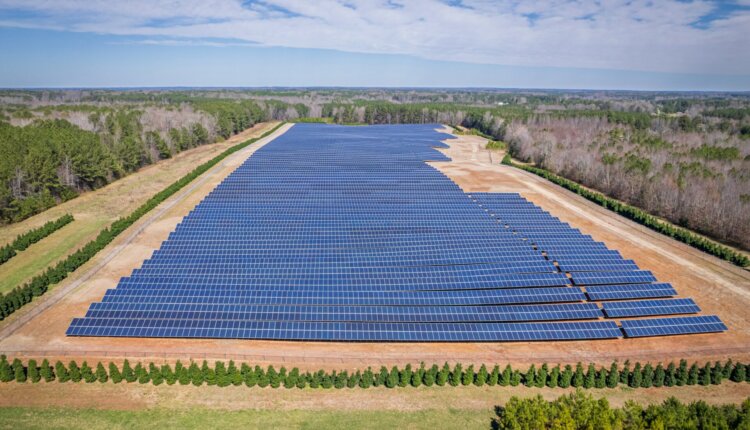Solar panel efficiency is a measure of how much sunlight a panel can convert into usable electricity. It’s a crucial factor in the cost effectiveness of a solar power system. Solar panels work by using photovoltaic cells to convert sunlight into electricity. When light hits the cell, it knocks electrons loose, creating an electric current. This is known as the photovoltaic effect.
1. The Importance of Solar Panel Efficiency
Solar panel efficiency serves as the cornerstone of solar energy systems, representing the ability of panels to convert sunlight into usable electricity. The higher the efficiency, the more energy is generated per unit area, directly impacting the viability and economics of solar power. As the world increasingly embraces renewable energy, the continuous improvement of solar panel efficiency becomes pivotal.
2. Understanding Photovoltaic Factors Which Affect Solar Panel Efficiency
The fundamental operation of solar panels revolves around the photovoltaic effect. When photons from sunlight strike the panel’s surface, they trigger the release of electrons in the semiconductor material, generating an electric current. Solar Panel Efficiency is influenced by multiple factors:
2. A. Material Selection: Varied materials, from mono-crystalline to polycrystalline silicon and thin-film technologies, impact conversion rates. Monocrystalline panels, featuring a single-crystal silicon structure, typically exhibit higher efficiency due to superior electron flow.
2. A.1. Silicon-Based Materials:
- Monocrystalline Silicon:
- Made from single-crystal silicon.
- High efficiency due to uniform crystal structure.
- More expensive to produce but offers better performance.
- Polycrystalline Silicon (also known as multicrystalline):
- Comprised of multiple silicon crystals.
- Slightly lower efficiency compared to monocrystalline but cost-effective to manufacture.
- Recognizable by its speckled blue appearance.
2. A. 2. Thin-Film Technologies:
- Amorphous Silicon (a-Si):
- Uses non-crystalline silicon.
- Lower efficiency but flexible and cheaper to produce.
- Often used in smaller-scale applications and portable solar panels.
- Cadmium Telluride (CdTe):
- Offers moderate efficiency at a lower cost.
- Less commonly used due to concerns about toxicity.
- Copper Indium Gallium Selenide (CIGS):
- Known for its high efficiency potential.
- Still in the development phase but shows promise for cost-effective, high-performance panels.
2. A. 3. Emerging Materials:
- Perovskite:
- A relatively new material with rapid efficiency improvements.
- Potential for low-cost production and high efficiency.
- Ongoing research to address stability and scalability concerns.
Considerations for Material Selection:
- Efficiency: Different materials offer varying levels of efficiency. Monocrystalline silicon tends to have the highest efficiency, while thin-film technologies often have lower efficiency but other advantages like flexibility or lower production costs.
- Cost: Manufacturing costs vary between materials. While some materials may offer higher efficiency, they can also be more expensive to produce.
- Durability: Material durability affects the lifespan of solar panels. Robust materials with protective coatings can withstand environmental stressors, ensuring longevity.
- Application and Space Utilization: Certain materials, like thin-film technologies, offer flexibility and can be used in unconventional spaces or applications where rigid panels might not be suitable.
- Environmental Impact: Considerations about the environmental impact of materials, including their manufacturing process and end-of-life disposal, are essential. Some materials, like cadmium in CdTe panels, pose concerns due to their toxicity.
- Market Availability and Technological Maturity: The availability of materials and the maturity of the manufacturing process also influence material selection. Established materials might be preferred due to reliability and market accessibility.
2. B. Solar Panel Design: Advancements in cell design, such as PERC cells or bifacial technology, enhance light absorption and electron capture, amplifying overall efficiency.
2. C. Temperature, environmental conditions and shadow: also significantly affect efficiency. Strategies involving improved cooling mechanisms and solar tracking systems aim to optimize panel performance.
Temperature can significantly impact the solar panel efficiency. While solar panels generate electricity from sunlight, their performance can be affected by changes in temperature in the following ways:
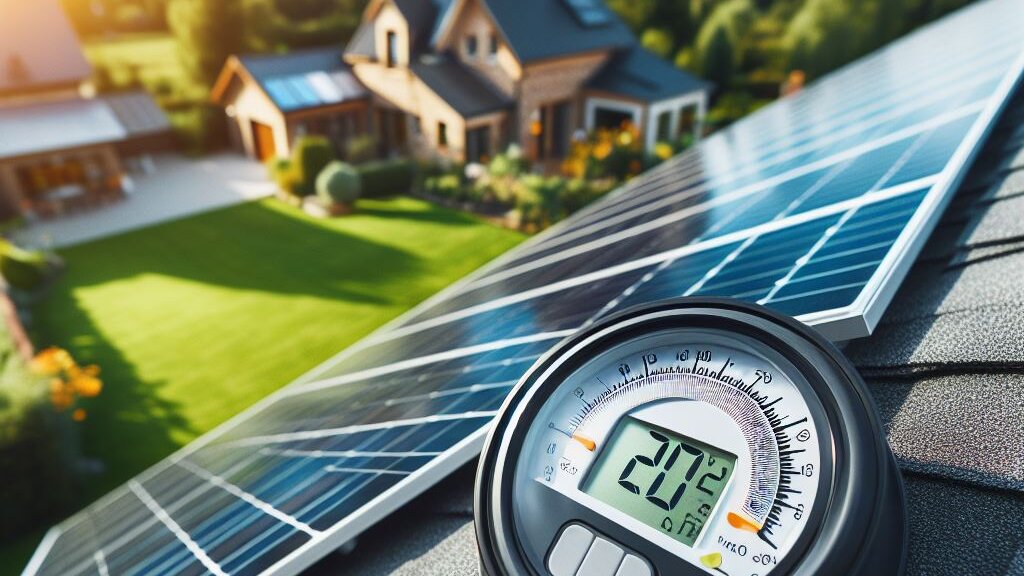
2. C. 1. Temperature Coefficient:
- Solar panels have a temperature coefficient that determines how their efficiency changes with temperature. Most solar panels experience a decrease in efficiency as temperatures rise.
- Understanding Temperature Coefficients:
- Temperature Coefficient of Pmax (Power):
- This coefficient measures how much the maximum power output of the panel decreases with every degree rise in temperature above a standard reference temperature (usually 25°C).
- It’s expressed in percentage per degree Celsius (%/°C).
- For example, if a panel has a temperature coefficient of -0.4%/°C for Pmax, it means that for every degree Celsius increase in temperature above 25°C, the maximum power output decreases by 0.4%.
- Temperature Coefficient of Voc (Open-Circuit Voltage) and Isc (Short-Circuit Current):
- Similar to Pmax, these coefficients measure the change in open-circuit voltage and short-circuit current with temperature changes.
- They are also expressed in percentage per degree Celsius.
2. C. 2. Losses in Conversion Efficiency:
- Higher temperatures can lead to a decrease in the conversion efficiency of solar cells. This occurs due to the increased internal resistance in the cells, resulting in a drop in voltage and power output.
2. C. 3. Impact on Voltage and Current:
- As temperatures rise, the voltage of the solar panel decreases while the current tends to increase. This imbalance can affect the overall output and efficiency of the panel.
2. C. 4. Thermal Energy Loss:
- Excess heat can cause thermal energy loss in solar panels, reducing their overall efficiency. This wasted energy contributes to the decrease in the panel’s power output.
2. C. 5. Temperature-Related Degradation:
- Prolonged exposure to high temperatures can lead to long-term degradation of solar panel materials. This degradation can impact the panel’s performance and longevity.
2. C. 6. Optimal Operating Temperature Range:
- Solar panels perform best within a certain temperature range. Extremely high temperatures can push the panels beyond this range, resulting in reduced efficiency.
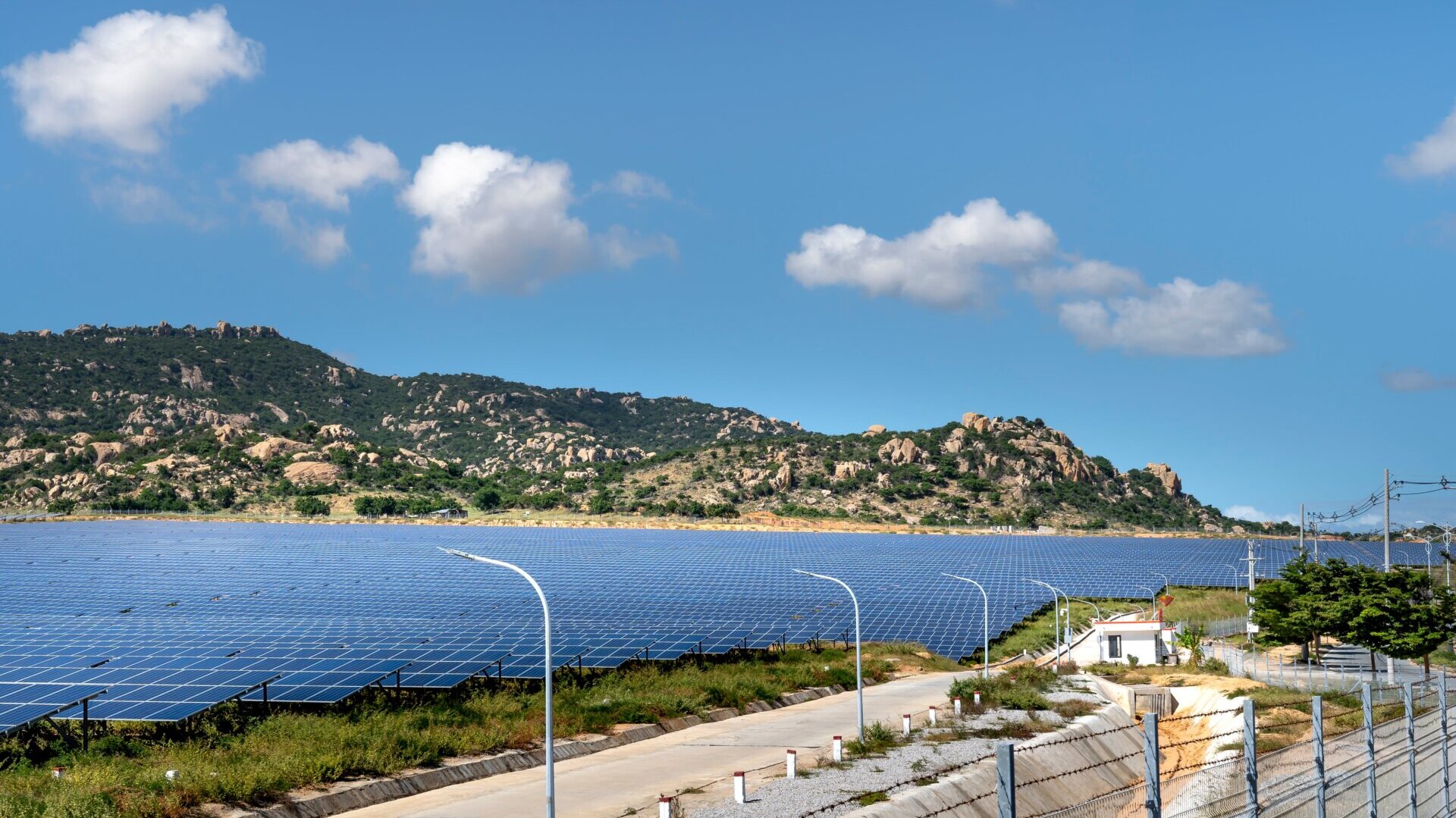
3. Evolution of Solar Panel Efficiency: Technological Advancements
3. a. Solar Panel Technologies
- Traditional Solar Cells: Integrating multiple materials with different bandgaps allows solar cells to capture a broader spectrum of sunlight, thereby substantially increasing efficiency levels.
- Perovskite Solar Cells: Perovskite materials show immense promise due to their high efficiency potential and cost-effectiveness in manufacturing. However, challenges pertaining to stability and scalability remain focal points of ongoing research.
- Bifacial Panels: These innovative panels harness both direct and reflected sunlight, maximizing overall efficiency by capturing light from both sides.
"Solar panel efficiency" The higher the efficiency, the more power you can get from a given area of panels.
3. b. Efficiency Milestones
- Record-Breaking Efficiency: Research labs and companies have continually pushed the boundaries, achieving remarkable milestones. In 2021, a world-record efficiency of over 29% was attained for two-terminal tandem solar cells, showcasing the remarkable strides in efficiency enhancement.
- Enhanced Durability: Improvements in panel durability through advanced materials and protective coatings have fortified panels, enabling them to withstand harsh environmental conditions and prolonging their lifespan.
4. Real-World Efficiency Factors
Beyond laboratory settings, real-world efficiency is influenced by various factors:
- Geographical Variations: The geographical location and prevailing climate significantly impact efficiency. Regions with ample sunlight and minimal cloud cover typically yield higher energy outputs.
- Installation Quality and Maintenance: Proper panel orientation, shading mitigation, and consistent maintenance practices are crucial in ensuring sustained optimal performance over time.
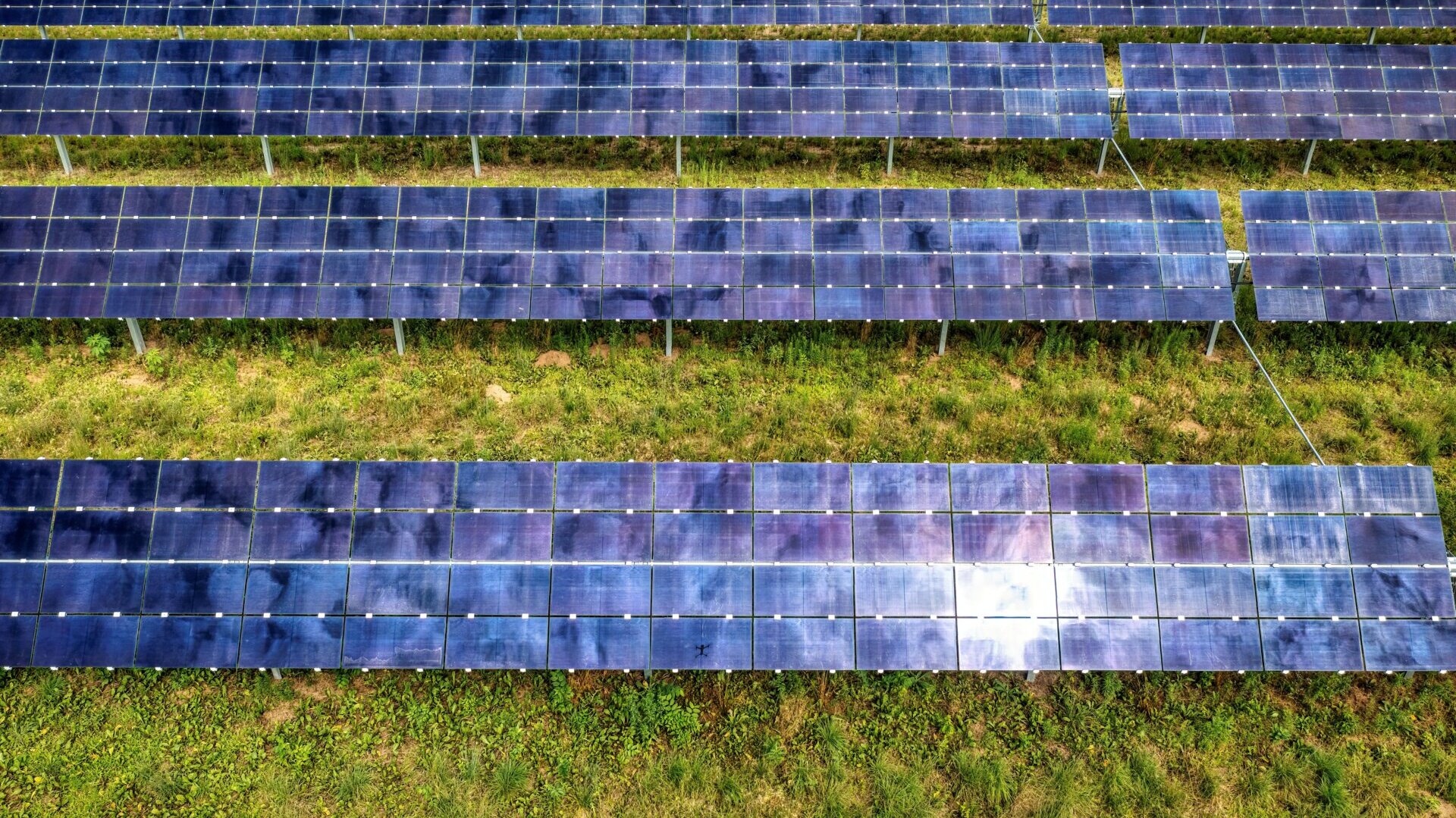
5. Envisioning the Future of Solar Panel Efficiency
- Continued Research & Development: Ongoing efforts in material science, nanotechnology, and manufacturing processes are poised to elevate efficiency benchmarks further.
Perovskite solar cells have showcased remarkable efficiency improvements, reaching levels competitive with traditional silicon-based solar cells in laboratory settings. Overcoming stability challenges, optimizing manufacturing processes, and ensuring scalability are key focus areas for the commercialization of Perovskite solar technology, with the potential to revolutionize the solar energy landscape by offering higher efficiency at lower production costs. - Energy Storage Integration: Combining solar panels with advanced energy storage, such as battery technologies, promises enhanced reliability and consistent energy supply.
- Market Adoption and Economic Viability: Declining production costs and escalating efficiency levels position solar energy as an increasingly mainstream and economically viable alternative to conventional sources.
How To Measure Solar Panel Efficiency ?
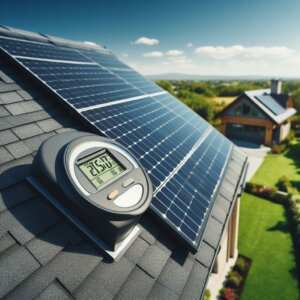
Solar panel efficiency is measured using various methods that assess how effectively the panel converts sunlight into electricity. The primary technique to determine efficiency involves measuring the panel’s output power relative to the amount of sunlight it receives. Here’s an overview of the process:
1. Standard Test Conditions (STC):
Efficiency measurements are often conducted under standard test conditions, which include an irradiance level of 1000 watts per square meter (W/m²), a spectrum close to sunlight, and a cell temperature of 25 degrees Celsius.
2. Efficiency Calculation:
The solar panel efficiency is calculated by dividing the electrical power output by the solar energy input. The formula generally used is:
Efficiency = ( Electrical power output / Solar energy input ) × 100%
3. Measurement Steps:
Electrical Power Output: Measure the actual electrical power output produced by the solar panel using a power meter or data logger connected to the panel.
Solar Energy Input: Calculate the solar energy input by measuring the intensity of sunlight hitting the panel using a pyranometer or irradiance sensor. This measures the incident solar irradiance.
4. Determining Panel Efficiency:
Once the electrical power output and solar energy input are measured, the solar panel efficiency can be calculated using the formula mentioned earlier.
5. Adjustments for Real-World Conditions:
Efficiency tests under standard conditions might not reflect real-world performance accurately. Thus, measurements are often adjusted for factors like temperature, angle of sunlight, and shading, which impact panel efficiency in practical installations.
6. Certification and Standards:
Solar Panel Efficiency measurements adhere to specific industry standards set by organizations like the International Electrotechnical Commission (IEC) and the American Society for Testing and Materials (ASTM). These standards ensure consistency and accuracy in efficiency testing methodologies.

